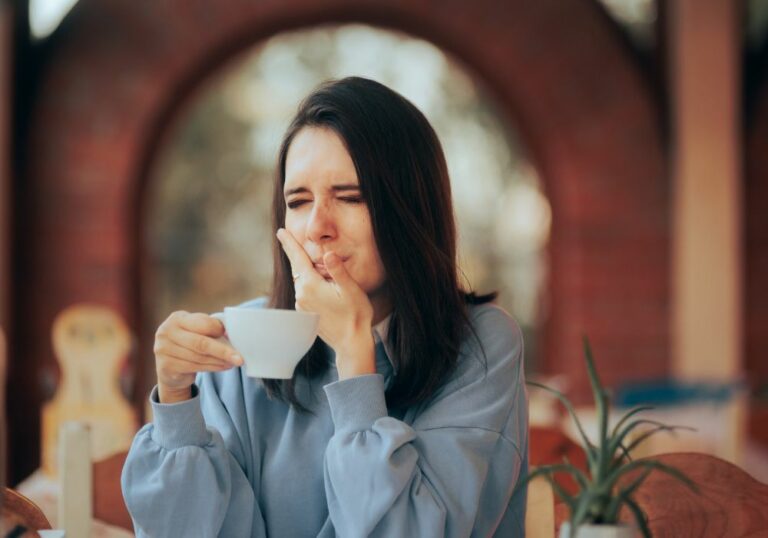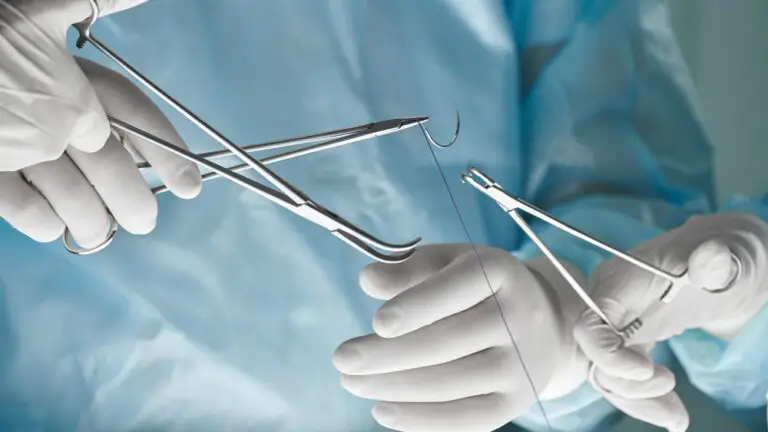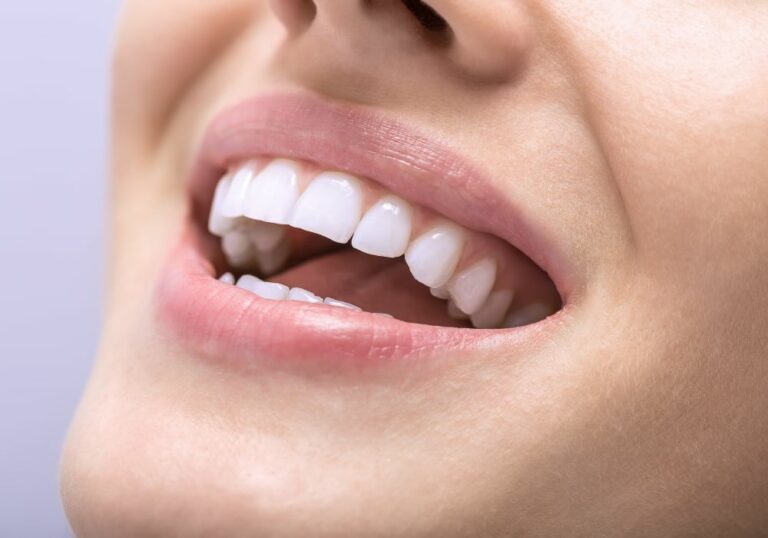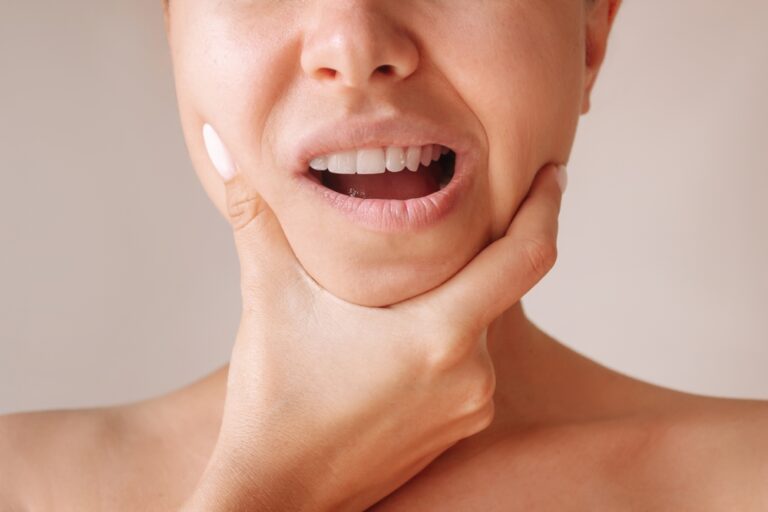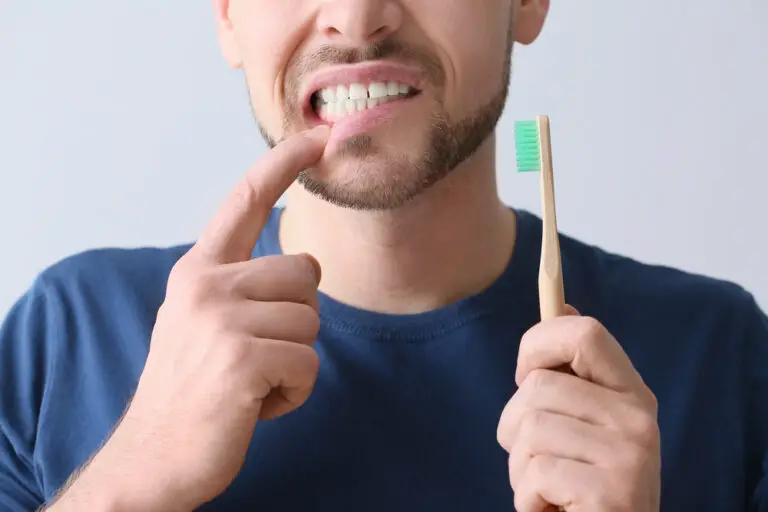Spitting toothpaste in the woods may seem harmless at first glance. However, there has been much debate around whether this common practice should be allowed or not. On one hand, some argue that spitting toothpaste is natural and causes no harm. On the other, others raise concerns about the potential environmental and health impacts. In this article, we’ll explore both sides of the argument, look at the pros and cons, and examine if spitting toothpaste in the woods is ever acceptable.
Reasons people spit toothpaste outside
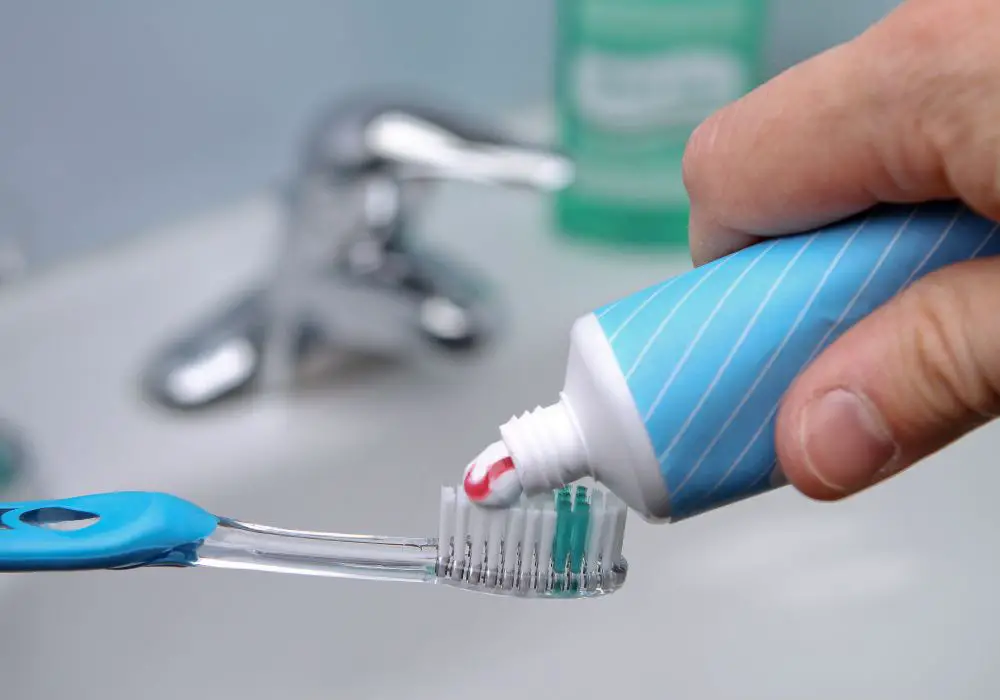
There are a few key reasons why people choose to spit toothpaste in the woods or other natural environments:
Convenience
For those brushing their teeth outdoors while camping, hiking, or enjoying other outdoor activities, spitting toothpaste on the ground can feel like the easiest option. Rather than packing up leftover toothpaste and rinsing equipment, spitting it into nearby bushes or the forest floor may seem more convenient.
Habit
Spitting toothpaste into a sink or trash has become common practice for tooth brushing at home. When outdoors, people may spit toothpaste on the ground out of habit, without thinking twice about the potential impact.
Lack of awareness
Some who spit their toothpaste outside may simply be unaware that this could pose any problems. Without seeing an immediate negative impact, the habit continues.
Enjoyment of nature
For outdoor enthusiasts who feel a close connection to nature, there can be an inclination to view oneself as part of the natural ecosystem. This may lead some to feel that spitting toothpaste in the woods is harmless or even beneficial.
Potential concerns about spitting toothpaste
However, there are some important drawbacks that must be considered when spitting toothpaste in natural environments.
Environmental impact
Toothpaste contains chemicals, including detergents, abrasives, fluoride, and antimicrobial agents. While small amounts of toothpaste may not cause an issue, the cumulative effect of many people spitting excess toothpaste over time could introduce harmful chemicals into local water systems and soil. This could negatively impact plants and aquatic ecosystems.
Health hazards
Several ingredients in toothpaste are not meant to be swallowed in large quantities, like fluoride. Spitting toothpaste could expose local wildlife to these chemicals if consumed. In some cases, this could sicken animals.
Unpleasant aesthetics
The sight of toothpaste spit on the ground is unsightly. Over time, the buildup of dried toothpaste could detract from the natural scenery that people enjoy outdoors.
Spread of germs
Spit contains bacteria and illnesses can be spread through saliva. Spitting toothpaste could potentially spread germs or diseases to others who come in contact with it.
Assessment of ecological impacts
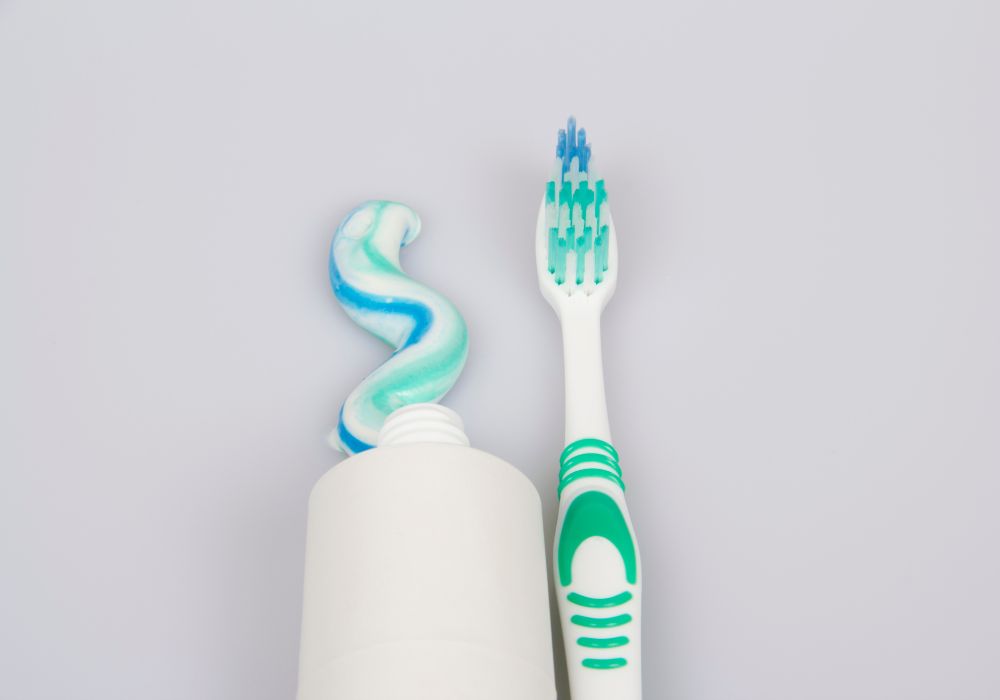
To further understand the ecological impacts, let’s assess how harmful spit toothpaste really is to different environments. Here is an overview:
Water systems
| Issue | Concern level |
|---|---|
| Toothpaste chemicals leaching into groundwater | Moderate |
| Toothpaste chemicals flowing into streams/rivers | Low |
| Toothpaste altering aquatic ecosystems | Very low |
Overall risk: Low-moderate. While small amounts of toothpaste in large bodies of water are not hugely problematic, there is some potential for chemicals to enter and negatively impact local groundwater over time.
Soil
| Issue | Concern level |
|---|---|
| Toothpaste chemicals building up in soil | Low |
| Toothpaste chemicals negatively impacting plants | Very low |
| Toothpaste altering soil ecosystems | Very low |
Overall risk: Low. Though chemicals may linger, they are unlikely to significantly disrupt soil ecosystems in small quantities.
Wildlife & humans
| Issue | Concern level |
|---|---|
| Toothpaste making wildlife ill | Low |
| Toothpaste spreading diseases to wildlife | Very low |
| Toothpaste spreading diseases to people | Very low |
Overall risk: Low. It would take ingestion of fairly large quantities of toothpaste to sicken animals. Disease spread is unlikely.
When is spitting toothpaste acceptable?
Based on the potential risks, here is an overview of when it may or may not be acceptable to spit toothpaste in natural environments:
Acceptable situations
- Brushing teeth occasionally while backpacking or camping in remote areas far from water sources.
- Spitting small amounts of excess toothpaste while hiking or away from camping areas.
- Brushing without toothpaste and just spitting foamy saliva.
Unacceptable situations
- Regularly brushing teeth outdoors and spitting toothpaste in the same area during a camping trip or at home. This allows buildup.
- Spitting toothpaste excessively, like big globs. This increases ecological impact.
- Spitting toothpaste into or near bodies of water, even small streams. This causes direct contamination.
- Brushing with toothpaste and spitting around popular outdoor recreational spots. This concentrates the environmental impact from many people.
Best practice tips
If you do need to spit toothpaste outdoors on occasion, here are some tips to reduce your impact:
- Spit away from bodies of water or campgrounds; into soil is best.
- Spit only small amounts of excess foam, not large globs.
- Consider brushing without toothpaste sometimes and just rinsing thoroughly.
- Avoid certain ingredients like triclosan that are highly problematic for the environment.
- Use biodegradable, eco-friendly toothpaste options whenever possible.
- Pack out all toothpaste waste and dispose properly when able.
The conclusion
Spitting small amounts of toothpaste now and then when far away from water and high traffic areas is generally low risk. However, the cumulative effects could become problematic if done excessively and by many people in the same places. Being mindful by spatially dispersing any spit, using eco-friendly products, and packing out waste when possible is the best practice. With some small adjustments, we can easily brush our teeth outdoors in a way that has minimal ecological impact.
FQA
Q1: Does toothpaste really impact the environment when spit outside?
A1: In small occasional quantities, the impact is negligible. But over time, the chemicals from toothpaste can accumulate in the soil and water systems if many people spit toothpaste in concentrated areas. The detergents, abrasives, fluoride, and antimicrobial ingredients could potentially harm aquatic ecosystems, soils, and plant life.
Q2: Why don’t people just spit their toothpaste in the trash or bury it?
A2: For convenience and habit, many people spit toothpaste on the ground without thinking when brushing outdoors. Carrying containers to spit into or taking the time to bury excess toothpaste may not be priorities. Education on best practices could help address this issue.
Q3: Can you swallow toothpaste instead of spitting it?
A3: Swallowing toothpaste is not recommended, especially for young children, as ingesting fluoride frequently in large amounts could cause dental fluorosis. Small amounts occasionally swallowed won’t cause harm, but spitting is better than swallowing excess toothpaste.
Q4: Are there any natural toothpaste options that reduce the ecological impact?
A4: Yes, some eco-friendly toothpaste options use ingredients like baking soda, coconut oil, and xylitol instead of harsh detergents and chemicals. These can reduce potential harm to the environment when spit outside. However, spitting should still be minimized.
Q5: How can I brush my teeth outside responsibly?
A5: Practices like dispersing any spit over a large area, using small amounts of eco-friendly toothpaste or just water, brushing away from water sources, and packing out waste can reduce your environmental impact. Being educated on best practices for sustainable outdoor dental hygiene is key.

